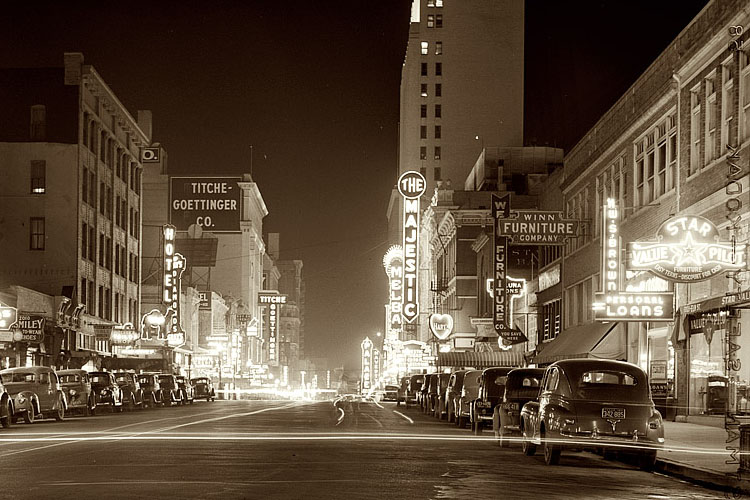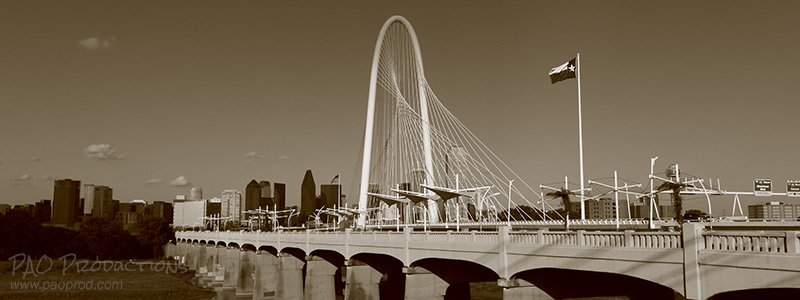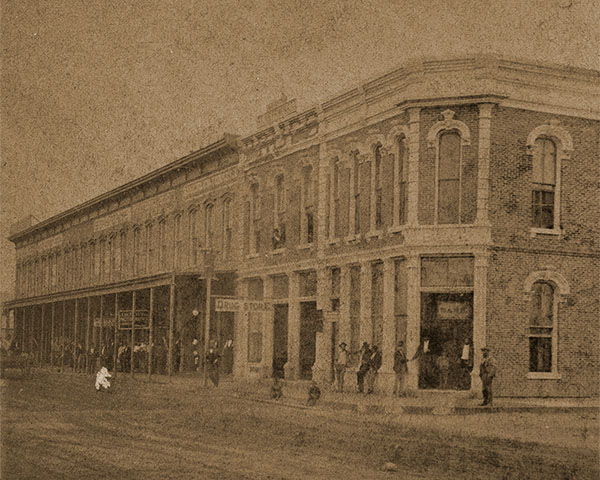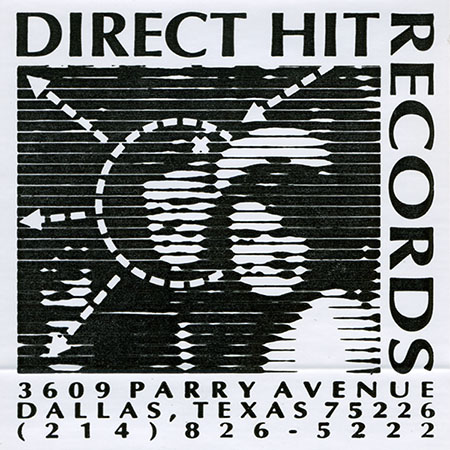
bookmark_borderA night at the Majestic, March 1913

The adventures and various works of a photographer, road tripper, former patron of the local arts, aspiring app developer, and late night coffee drinker and conversationalist.



Collecting vintage and antique photos is a pastime of mine, and I have an interest in local (mostly Dallas) history. Combining these two interests together into an exploration of early Dallas photography and photography studios thus came naturally to me. This series will cover the history of Dallas-based photography through the beginning of the 20th century, telling the story through both historically-minded blog posts and authentic historical images.

It’s 1994, and you’re in the mood for some local flavor. The DFW music scene has come into its own, and Deep Ellum is a hoppin’ place on the weekends. Local music has been taking off on the radio, and the composers and performers of said music are gaining real traction with the teen- and twentysomethings sets. Some bands are even getting signed to national labels and their music is beginning to be stocked in the big name, big box outlets. But on this particular day you’re looking for something a bit less mainstream and a bit more underground in ethos. You pile your things into the car and head out in the direction of the historic Exposition Park strip. It’s in one of those areas where people are supposedly afraid to go thanks to a reputation for being crime-ridden, but this particular carve-out is said to be safe. You pass by Forbidden Books and The Bar of Soap, negotiating the never-ending road construction, and arrive at a small retail store on Parry Avenue, sandwiched inside a row of businesses just across the street from the entrance to the fairgrounds.
Continue reading "Ghosts of DFW music history: Direct Hit Records"